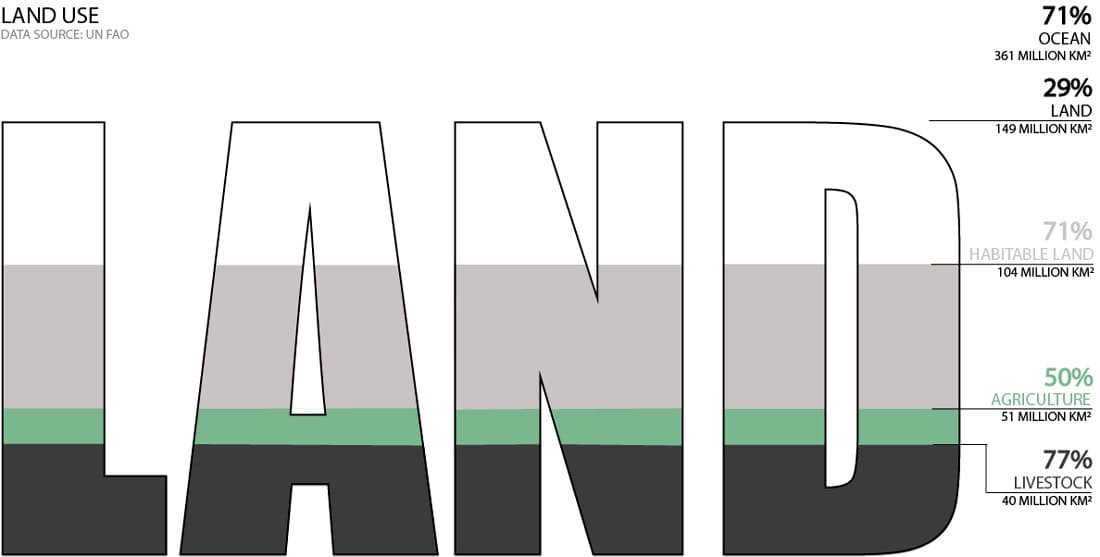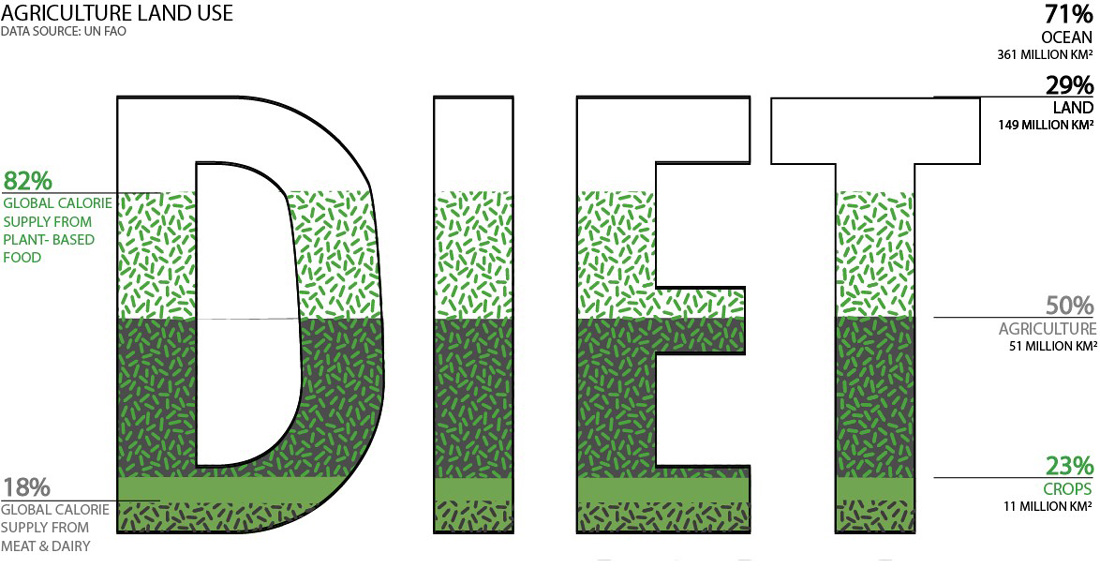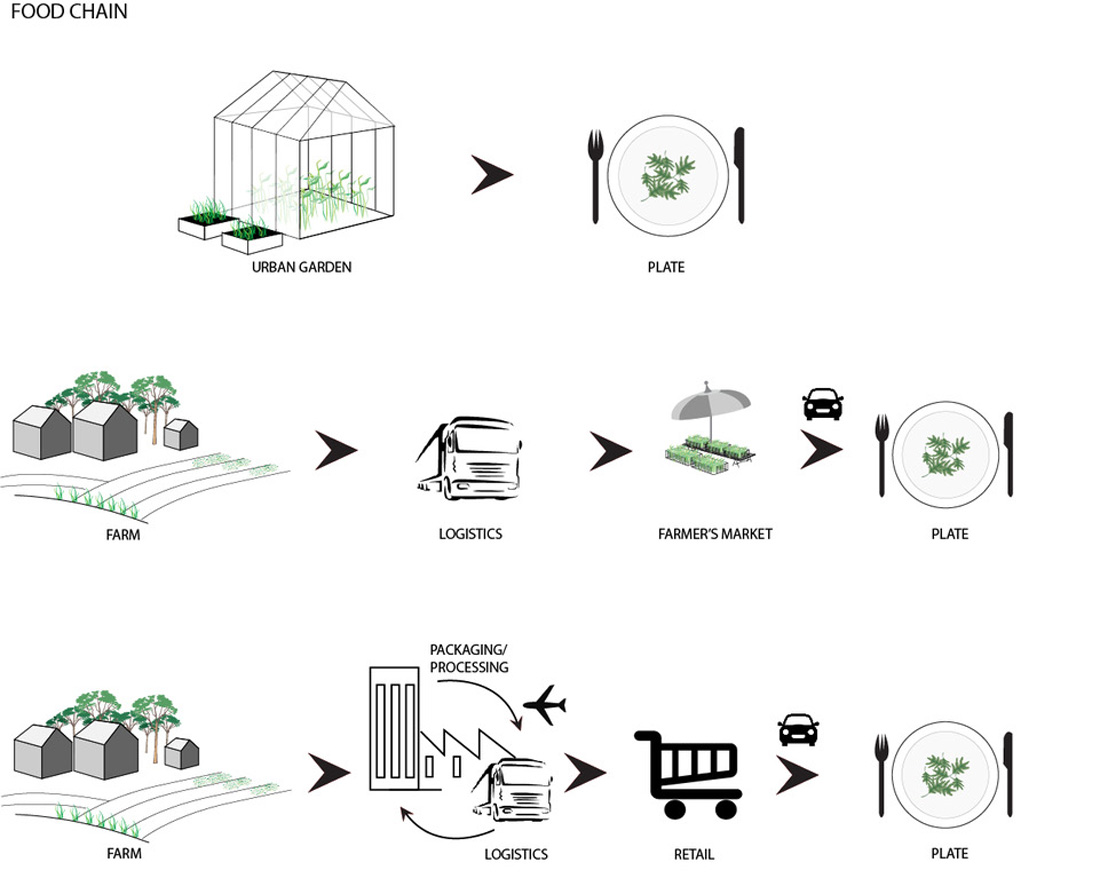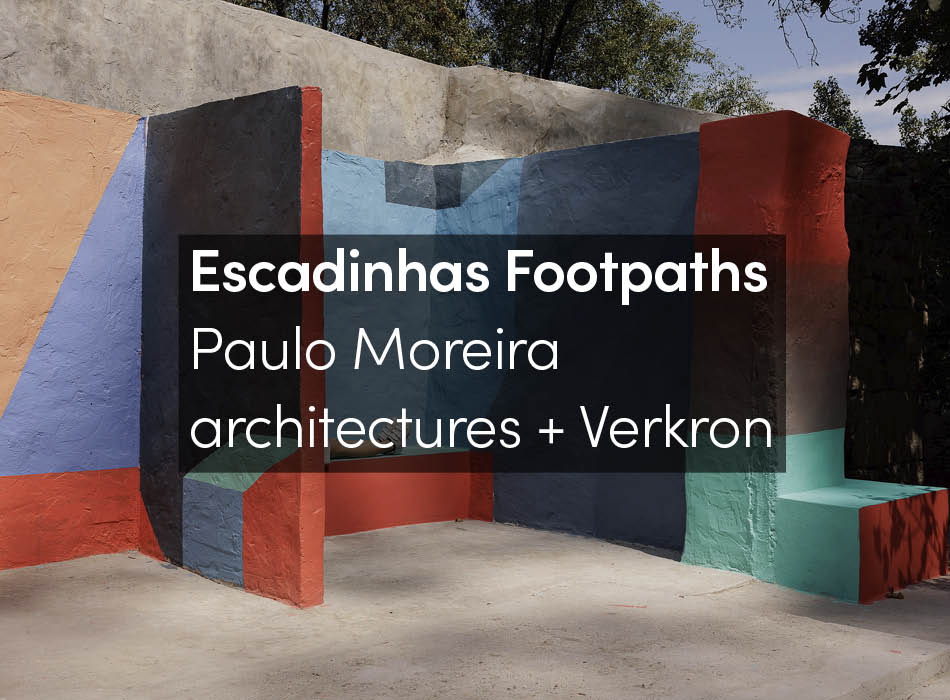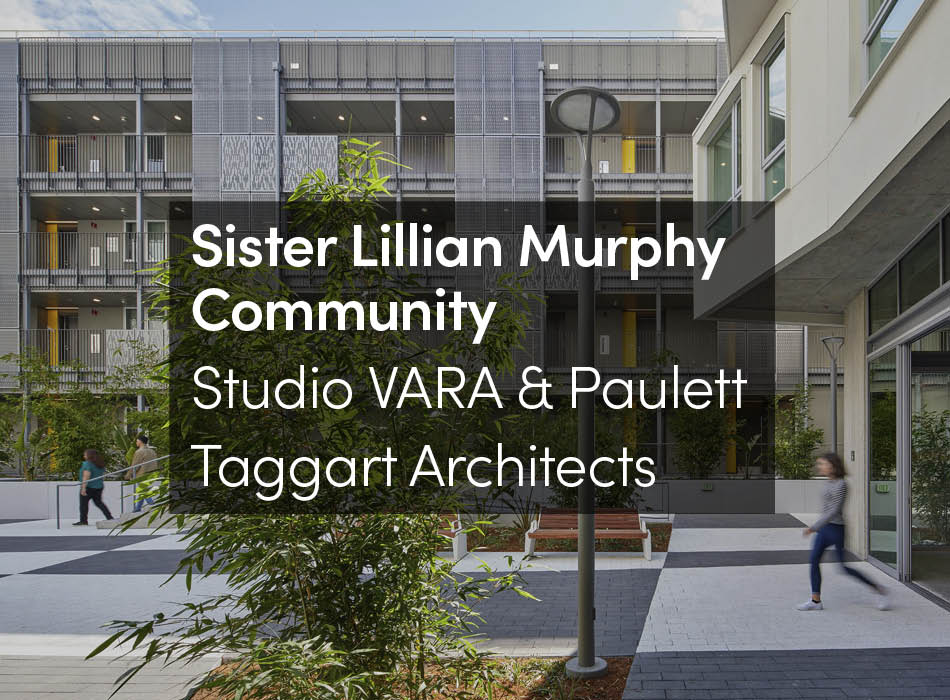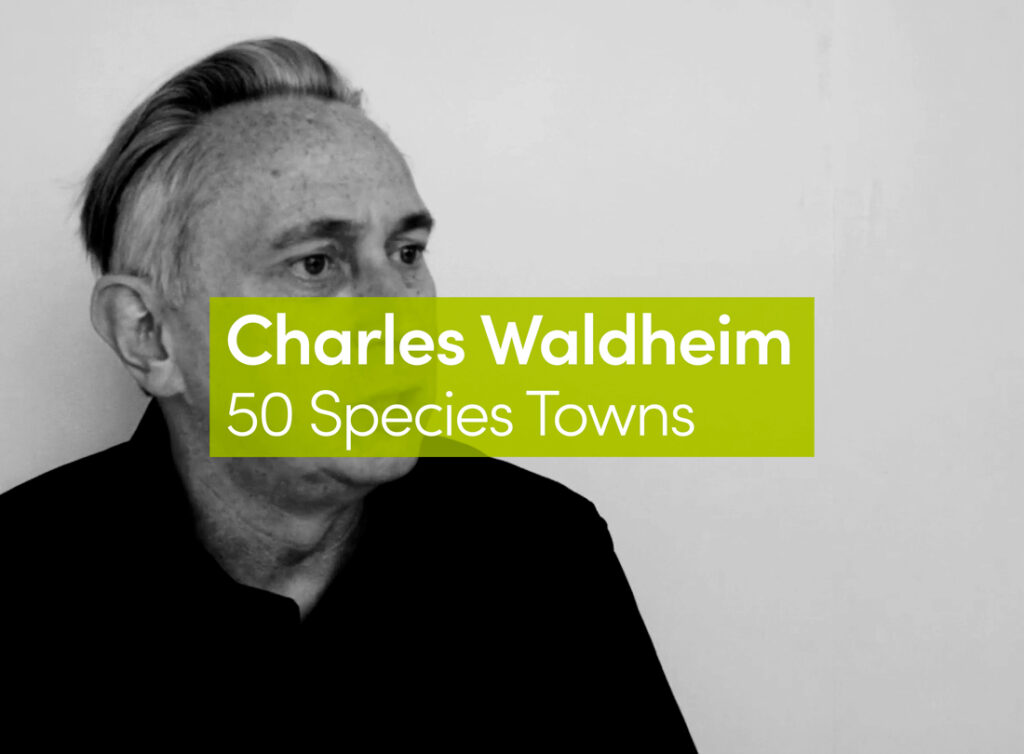At the beginning of March 2020, the World Health Organization declared the COVID-19 pandemic. By then, some countries in Asia had already closed their borders, and some had implemented a quarantine. In time, other countries adopted the social distancing method to slow the spread of the virus, which seems to be the only way to prevent the virus from spreading with no vaccine or cure on the horizon.
Meanwhile, the debate regarding the qualities of rural living vs the density of the city gain momentum.
People living in the countryside posted photos of themselves enjoying the sun, while millions were quarantined in their city apartments. Developers and architects are now hunting for plots outside the city in order to be ready to respond to the demand for rural migration.
However, let’s get our facts straight first. As of today, May 11, 2020, there have been some 283,520 deaths from COVID-19.[1] At the same time, the number of people suffering from ecological-related distress may indicate that our main problem is still environmental changes and the inadequate response from humanity – which still proves to be the worst virus existing in this world. Viruses are only a symptom, an alarm we are trying to hit the snooze button on.
From January 1, 2020 until end of May 2020[2]:
About 4,578,900 people died of hunger, and about 843,350,000 were undernourished.
About 344,775 people died from water-related diseases, and about 800,764,250 had no access to safe drinking water.
About 3,362,520 people died from cancer.
Only this year, we lost about 2,130,000 hectares of forests and created about 14,802,200,000 tons (growing by the second!) of CO2 emissions.
In December 2015, 195 countries agreed to set a goal of limiting warming to a 2°C increase in global average temperatures, with ambitions of a stricter limit of 1.5°C of warming in order to avoid hitting a devastating expected peak in 2030 if we continue with the world’s current routine.
For those who are still convinced that going rural is an answer, let’s go through some more numbers and imagine how things might look like if there were no cities. The total land surface of earth is about 149,000,000 km2. Only 71% is habitable, which leaves us with 104,000,000 km2. Currently, there are about 7,800,000,000 people on the planet. Remember that 50% of the habitable land today is used for agriculture (77% livestock, 23% crops) and account for the public areas like hospital, shops and sports facilities. Now, not only are you left with very little land but you are also surrounded by privately owned land, so there’s really nowhere to go. Doesn’t make much sense, does it?
Simply put, our biggest challenges and goals are still the same, and COVID-19 is here to remind us that our time is up and we must significantly reduce the human footprint on the planet in a productive, lifestyle-changing, healthy way.
Impact
Due to their size and economic value, cities have the greatest potential for impact. Cities have a long tradition of generating and leading progressive social changes. If you live in a city, you have greater chances of finding other people who share your political/social views so you can gather them together to act. In rural areas, there are fewer people, less diversity, fewer random meetings and idea exchanges. Random meetings, as much as diversity, are a fundamental element on which creativity and innovation rely.
According to the McKinsey Foundation,[3] the top 100 cities will contribute over 35% of GDP by 2025, and the 600 top cities will generate 60%. A city, due to its large scale but less complicated bureaucracy (compared with a government), has the ability to effectively promote a new reality.
Rural life has its advantages. However, they do not outweigh the benefits of living in a densified city in terms of social and environmental aspects. A better way to go would be to bring the qualities of rural life into the city. Research shows that physical and mental health issues associated with depression are much more common in rural areas [4] than in cities. The same goes for obesity, consumption of psychiatric drugs in children, alcoholism, painkiller addiction and crimes within the family. Jane Jacobs also explains [5] that, on a city street, the people you meet during your daily routine keep you uplifted and make you feel safe. In turn, claims Professor Kevin M. Leyden, that makes you happier.
A study conducted in 2016 in the Netherlands,[6] examined the antidepressant prescription rates in the city and in rural areas corresponding to variant green environment density. The research shows that rural areas with low and mid-level prescription rates have significantly more green space than urban areas, as well as more antidepressant prescriptions. A study conducted in 2017 by researchers from Oxford University and the University of Hong Kong[7] focusing on the health of 419,562 people from 22 cities in England relates happiness to higher-density areas and the fact that people who live in dense urban areas are often kept busier with a wide range of leisure activities that are more available in the city.
Making the City Great
So, what should we focus on? Improving the city. Adjusting it to the present and preparing it for the future.
If there is something we have learned from COVID-19 is that nature does not need us and has maybe even had enough of us. More and more people understand that the livestock industry is not only immoral but very dangerous. Bird flu, swine flu, HIV, coronaviruses and others are all the result of extreme human intervention. Intensive farming of vegetables and fruits also damages the soil until it loses of all its biological qualities. Another disturbing fact is that 50% of the vegetables grown in Europe do not make it to the plate. 20% do not even make it to the market shelves [8]. However, crops provide more global calories and protein, while using less habitable land, and they have yet to cause a pandemic. 50% of habitable land is being used for agriculture [9]. Only 23% of that is food crops, but it provides about 82% of global calories and supplies more than 60% of the protein. The point is that investing more in clever crop growth and less in livestock will be more effective and healthful. The main problems we are dealing with when it comes to crop are soil damage and the distribution process from the field the plate, which adds up to pollution and waste originated in packaging.
The idea of integrating greenery in buildings is not new, and there is ancient evidence describing the mythical Babylon as a palace ensconced in vegetation. However, today we have the technology to deal with the technical challenges it takes to grow urban vertical gardens, urban farms and gardens building rooftops and façades. On the financial side, modifying existing buildings can entail high costs but, aside from sharing the costs with other shareholders in the building, there are also benefits that translate into cost savings while improving quality of life. For example:
Thermal energy savings. In both summer and winter, a green roof/façade adds a protection layer that translates into heating/ cooling cost savings. In winter, the green layer traps air against the façade, reducing heat loss by up to 30% [10]. In summer, a green wall shading the façade can reduce temperatures by up to 10 degrees Celsius!
A well-shaded green roof translates into a 3- to 7-degree temperature drop, leading to cost savings of up to 42% [11].
Better air quality indoors. Green façades can filter the indoor air by capturing dust and pollen from the outdoors, as well as filtering noxious gases and volatile organic compounds from furniture.
Better air quality outdoors. Green façades can capture airborne pollutants and filter noxious gases and particulate matter. Studies have shown that about one square foot of vegetated wall can filter the air of about 100 square feet of office space. One average tree is estimated to absorb about 48 pounds of CO2 per year and release just about enough oxygen to support two people.
Noise protection (when installed on the façade). Green walls provide noise reduction of up to 40 decibels.
Greenery attracts and nurtures birds and insects and, no less importantly, it adds more biological diversity in the city. Green roofs can assist with water management, reduce erosion, and filter pollutants and toxic metals.
Roofs are about 40-50% of the city’s surface. Between 60-70% of greenhouse gas emissions originate with indoor energy consumption. Therefore, the city and the environment will benefit from having green roofs and green façades as described above.
Another rural element we could incorporate widely into the city, now that we see all the unused potential spaces, is vertical/urban food farms. If building façades are covered with vegetation, and greenhouses populate the private and public rooftops of the city, the distance that food has to travel before it ends up on your plate will be shortened. No logistics and no packages needed. The best part of having urban farms in public or semipublic spaces is that it creates and nurtures healthy community life.
So, let’s stick to the city and focus on making the city even greater to the benefit of our health and lifestyle as individuals, and as a society, because the answer can’t be weakening the rural natural habitat with an increased human toxic presence. The answer should be broader and more beneficial for the environment, of which we are a part.
